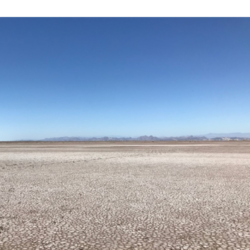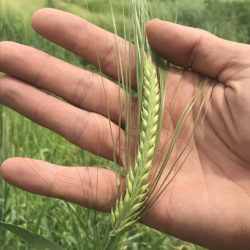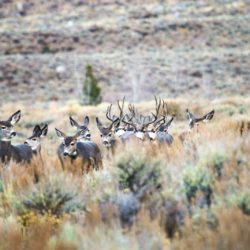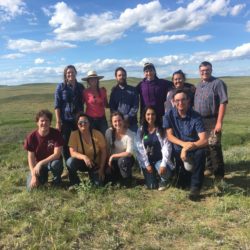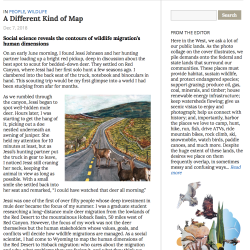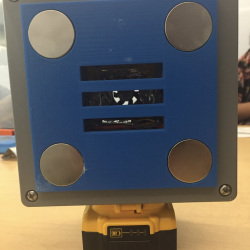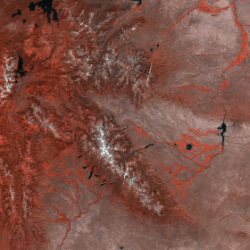The Death and Rebirth of the Colorado River Delta
A century ago, the Colorado River ran uninterrupted from the Rocky Mountains to the Gulf of California. It fanned its delta across 3,000 square miles of winding river and green lagoons, with mesquite and willow trees providing habitat for hundreds of species of birds. “The river was everywhere and nowhere,” wrote the conservationist Aldo Leopold Read more about The Death and Rebirth of the Colorado River Delta[…]

